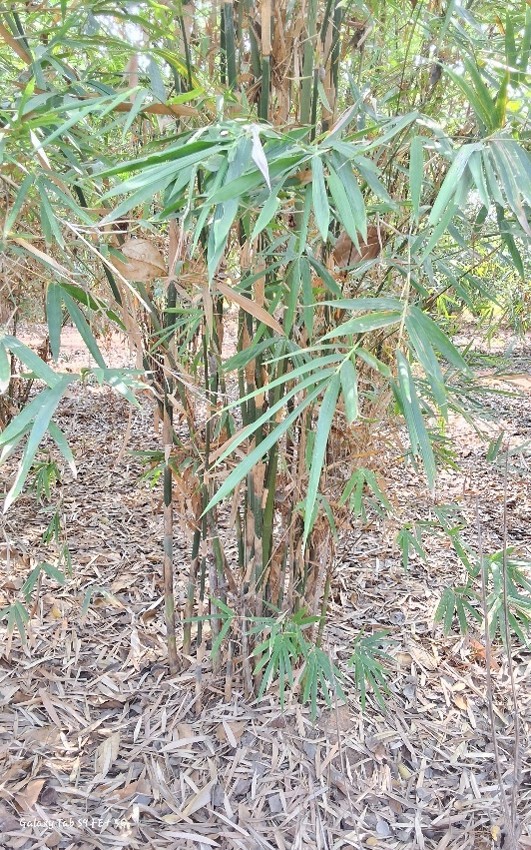Oxytenanthera pervifolia

Oxytenanthera pervifolia
Oxytenanthera pervifolia commonly known as Small-leaved Bamboo in English, is referred to as Chhota Bans in Hindi, Chhoto Bans in Bengali, and Kuzhiyal Pandu in Tamil. Native to India and Myanmar, it is primarily found in the northeastern states of India and parts of Southeast Asia. It has also been introduced to some parts of Southeast Asia for landscaping purposes. This bamboo species thrives in moist tropical forests and grasslands, particularly near rivers and streams, at altitudes ranging from 600 to 1,500 meters above sea level.
The plant exhibits a clumping habit with dense growth. It reaches a height of 3 to 7 meters, with culms that are 2 to 4 cm in diameter. The culms are green to light brown, and the internodes range from 15 to 25 cm. The culm sheaths are light green when young and turn yellowish-brown as they age. The adaxial surface of the sheath is glabrous, while the abaxial surface is covered with soft hairs, and the margins are ciliate.
The leaves of Oxytenanthera parvifolia are narrow and lanceolate, with pointed tips. The leaves measure 10 to 20 cm in length and 1.5 to 3 cm in breadth. The leaf texture is soft and slightly leathery to the touch.
This bamboo species produces a panicle-shaped inflorescence with small spikelets. The flowering glumes are small, with bristles on the margins, and the stamens are exserted, with long filaments and anthers. Oxytenanthera parvifolia has a long flowering cycle, flowering once every 25 to 40 years, with reports of flowering being rare, mostly observed in northeastern India.
The seeds of Oxytenanthera parvifolia are small and lightweight, dispersed by wind. However, seed germination is slow and requires warm and humid conditions. Propagation is most commonly done using culm cuttings, as they root easily when planted. Clump division is another method used for propagation, although seed propagation is uncommon due to the difficulty in germination.
Oxytenanthera parvifolia has a variety of uses. In construction, it is employed in making light items such as roofing, fencing, and scaffolding. It is also widely used for crafting, including making baskets, mats, and small handicrafts. Additionally, it is ideal for erosion control, often planted along riverbanks and slopes to prevent soil erosion. In rural communities, it provides a valuable source of fuel wood.
In summary, Oxytenanthera parvifolia is a versatile bamboo species with multiple applications in construction, crafting, and environmental conservation, making it a valuable resource in the regions where it is found.
Listen Audio:
Need assistance? BRTC Faculty